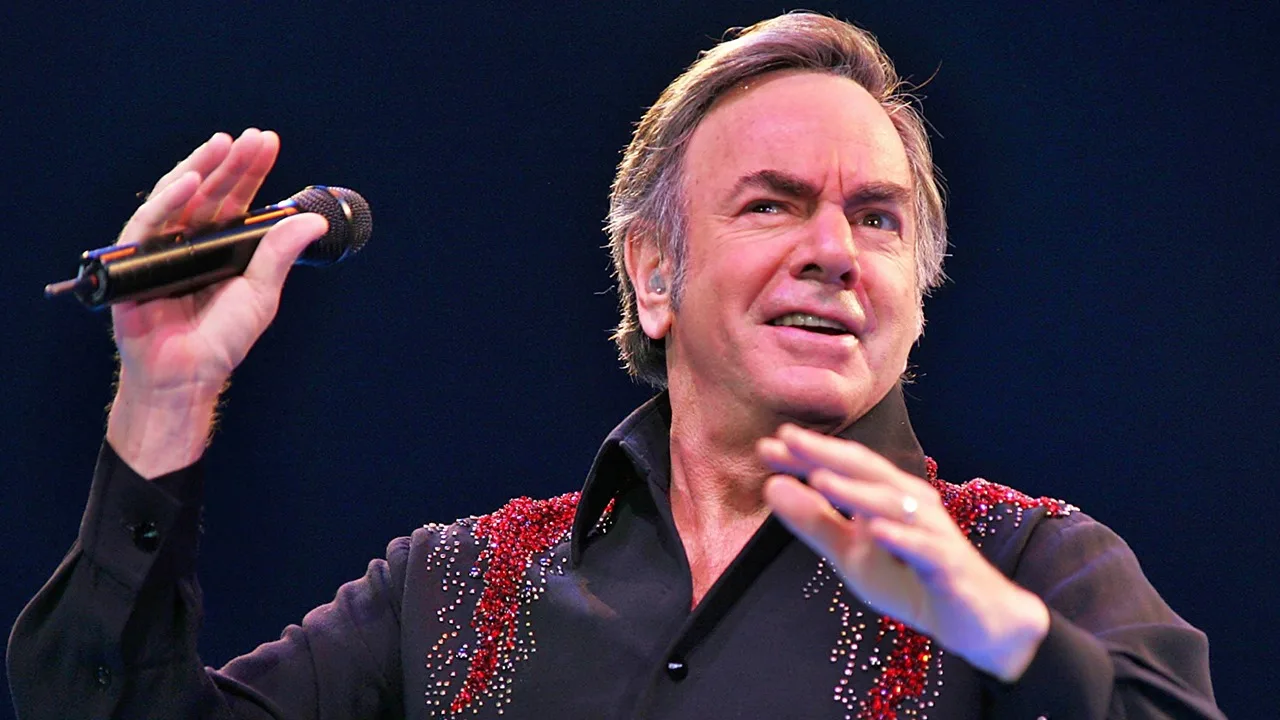
A Journey of Hope and Dreams: The Story Behind “America”
In the landscape of timeless music, few songs evoke a sense of hope, dreams, and the quintessential spirit of a nation quite like Neil Diamond’s “America.” Released as part of his 1980 album The Jazz Singer, this song not only captured the hearts of millions but also became an anthem celebrating the immigrant experience and the enduring allure of the American dream.
When “America” first graced the airwaves, it quickly climbed the charts, peaking at number eight on the Billboard Hot 100 in 1981. This was no small feat, considering it was competing against a myriad of other hits in a vibrant era for music. But what set this song apart was its powerful narrative and emotional resonance, which struck a chord with listeners across generations.
The story behind “America” is as compelling as its melody. Neil Diamond, himself the son of Polish and Russian immigrants, drew inspiration from his own heritage and the countless stories of those who sought a better life on American shores. The song was conceived during a period when America was viewed as a beacon of hope and opportunity—a place where dreams could be realized regardless of one’s origins. Diamond’s composition serves as a tribute to these ideals, capturing both the struggles and triumphs inherent in the immigrant journey.
Lyrically, “America” weaves a tapestry that celebrates the diverse cultural fabric of the United States. The opening lines, with their vivid imagery of people traveling “on boats and planes,” immediately set the stage for a story that is both personal and universal. As listeners are carried along by Diamond’s evocative voice, they are reminded of their own family’s tales or those they’ve encountered throughout their lives.
The song’s crescendo reflects an unwavering optimism, embodying the belief that America is a land where dreams can take flight. This sentiment resonated deeply during its release, especially at a time when political and social landscapes were undergoing significant shifts. For many, “America” became more than just a song—it was an embodiment of hope during uncertain times.
Musically, “America” is characterized by its rousing arrangement, combining elements of pop and rock with orchestral flourishes that enhance its emotional depth. Diamond’s rich baritone voice is complemented by an uplifting chorus that invites listeners to join in celebration. This blend of musicality and message is what has allowed “America” to endure over decades, maintaining its relevance even as new generations come to discover its magic.
For those who lived through the era when “America” debuted, hearing it again can evoke powerful memories—perhaps recalling family gatherings where it played in the background or public events where it was sung with fervor. It stands as a reminder of times past when hope was palpable, yet also serves as an enduring call to hold onto that hope for future generations.
In reflecting on Neil Diamond’s legacy, “America” stands out not only as one of his most iconic songs but also as a testament to his ability to capture complex emotions within simple yet profound lyrics. It speaks to anyone who has ever dared to dream and continues to inspire those who look to America as a land of endless possibilities.
As we listen to “America,” we are invited to partake in this shared journey—to remember our roots, celebrate our diversity, and keep dreaming big. The song remains an indelible piece of musical history that continues to resonate with audiences worldwide, proving that even in an ever-changing world, some messages remain timeless.